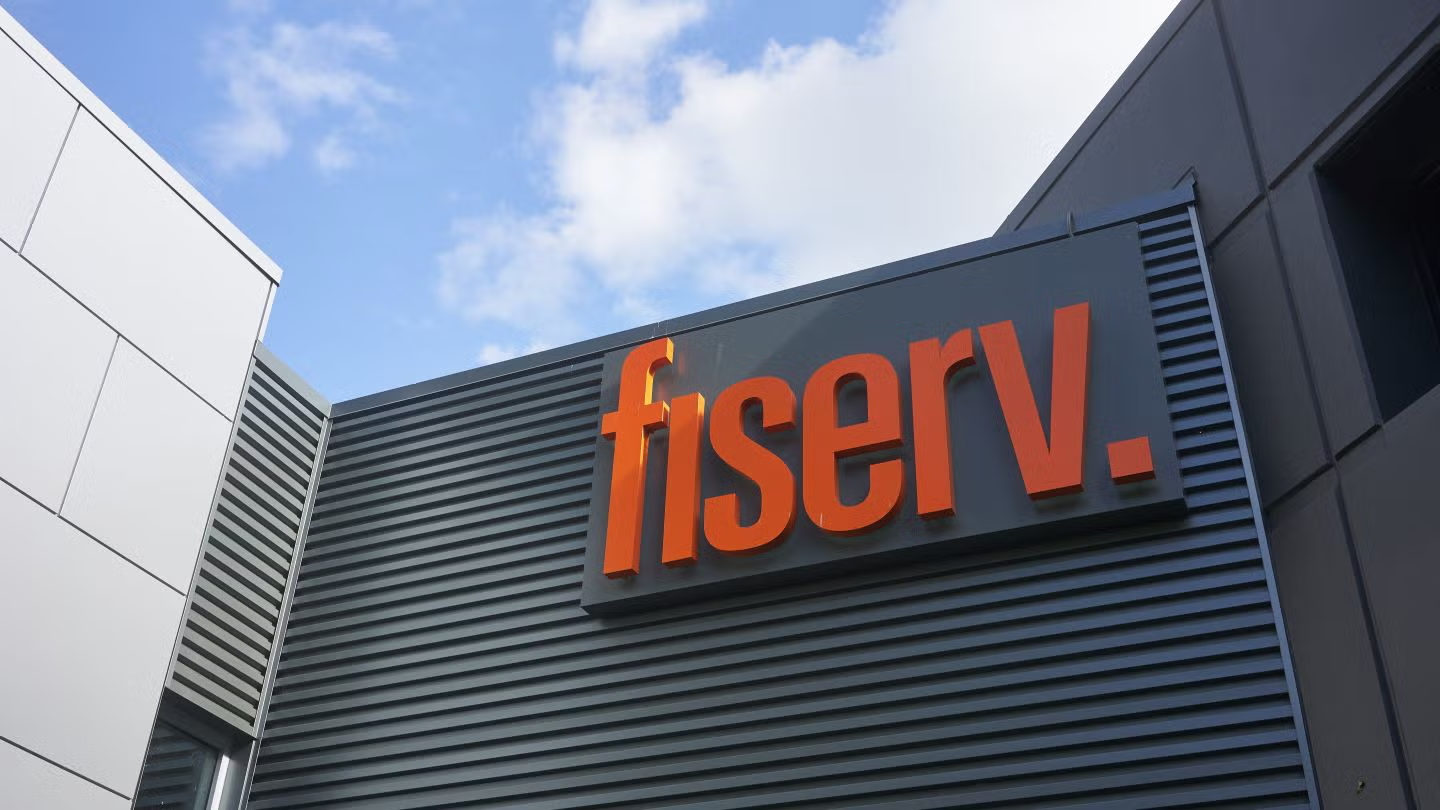Global fintech giant Fiserv has officially stepped into the digital currency space with the launch of FIUSD, a new stablecoin pegged to the U.S. dollar. Announced this week, FIUSD is part of a broader blockchain-based digital asset platform aimed at integrating digital dollars into mainstream banking and commerce without overhauling existing financial systems.
As regulators begin to show more openness to stablecoins, Fiserv’s move is well-timed. With a network that already handles 90 billion transactions annually across 10,000 financial institutions and six million merchants, the company is uniquely positioned to bring stablecoin functionality to the traditional financial system at scale.
Simplifying Digital Dollar Access for Banks and Merchants
What sets Fiserv apart is its “plug-and-play” approach. FIUSD will be integrated directly into the existing banking and payment rails that institutions and merchants already rely on, meaning no costly infrastructure changes or complex onboarding.
According to Sunil Sachdev, Head of Embedded Finance at Fiserv, “FIUSD is designed with our clients in mind a financial institution-friendly coin that simplifies stablecoin access through a secure and scalable ecosystem.”
The stablecoin will initially use infrastructure from Paxos and Circle, two major names in the crypto space. Notably, Circle the company behind USD Coin (USDC) has seen a dramatic surge in its stock price, now trading over $250 per share after its IPO at $31 earlier this month.
Circle President Heath Tarbert said, “Together, Fiserv and Circle will unlock the next frontier of money movement embedding stablecoins into everyday commerce and making money move as easily, reliably, and instantly as sending an email.”
Built for Compliance, Not Just Crypto
Unlike many crypto-native stablecoins that are geared toward decentralised finance (DeFi), FIUSD is being built from the ground up with traditional banks and regulators in mind. It will come with built-in fraud monitoring, risk controls, and settlement compliance mechanisms features critical for institutional adoption.
The Finxact platform, a cloud-native core banking system owned by Fiserv, will serve as the stablecoin’s underlying ledger, offering scalability and real-time transaction capabilities.
Notably, the FIUSD stablecoin will also be compatible with the Solana blockchain, known for its low fees and lightning-fast transaction speeds, making it an attractive option for remittances, merchant settlements, and digital payments.
Fiserv executives emphasised that this is just the beginning. The company eventually plans to make FIUSD interoperable with other leading stablecoins and extend its usage to international money movement, all while staying within the boundaries of regulatory frameworks.
Industry Timing and Regulatory Momentum
Fiserv’s move comes at a time of increasing interest in stablecoins from both private and public sectors. The U.S. Senate recently passed the GENIUS Act, a major step toward clearer legal guidelines for stablecoins and tokenised dollars. The bill’s progress reflects growing institutional appetite for digital dollar infrastructure, especially one that fits neatly within existing financial regulations.
The entrance of a major player like Fiserv into the stablecoin race could accelerate this trend dramatically. By offering FIUSD as a ready-to-use tool for banks and merchants, Fiserv lowers the barriers to blockchain adoption and makes it easier for traditional institutions to step into the digital dollar economy.
And it’s not just about banks. Major corporations, healthcare providers, airports, and retailers many already connected through Fiserv’s platform could soon benefit from faster, cheaper, and more efficient digital payments via FIUSD.
Conclusion: A Quiet Revolution in Payments
With FIUSD, Fiserv is doing more than just launching a stablecoin it’s laying the foundation for a new phase in digital payments, one where blockchain technology quietly enhances the systems people and businesses already use daily.
Rather than targeting crypto enthusiasts, Fiserv’s strategy is to bring stablecoin capabilities to the heart of traditional finance, all without disruption. With FIUSD, Fiserv has provided banks and merchants with a potent new tool to stay competitive in the escalating digital dollar race.
As adoption picks up and regulatory clarity improves, FIUSD could become a cornerstone of modern money movement bridging the gap between legacy finance and the blockchain-powered future.
For more update visit us: InfoDaily












